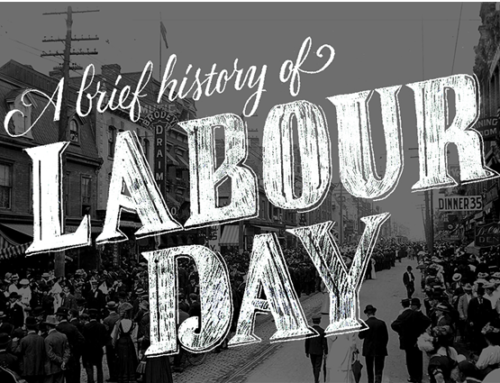PDF stands for Portable Document Format. Saving your resume as a PDF file ensures all formatting remains no matter who you send the document to. Sometimes, if an individual has not formatted their resume properly, and they send it as a Word document (DOC) file, the document shows up mismatched and jumbled. Where time is money, employers do not have the time to piece your resume back together. Saving a file as a PDF mitigates that worry.
However! While this sounds like the way to go, there is a caveat: Many applicant tracking systems (remember those pesky systems we discussed in our last post?) are unable to read a resume saved as a PDF, thus, the system will not pick up on key words that will make your resume show up higher in the list of applicants. Here is what happens: When hiring managers need to fill a vacancy, they will open their applicant tracking system and select the top twenty or so resumes from which to create a shortlist. Those top twenty resumes got their position because they contained key words from the job posting (again, remember our last blog post?!)…and they were likely saved as a DOC.
So, to PDF or not to PDF? That is the question. Our advice would be to create both to use at appropriate times. If an employer asks for your resume submitted as a PDF, then send it as a PDF; if not, perhaps send it as a DOC. Helpful?

















